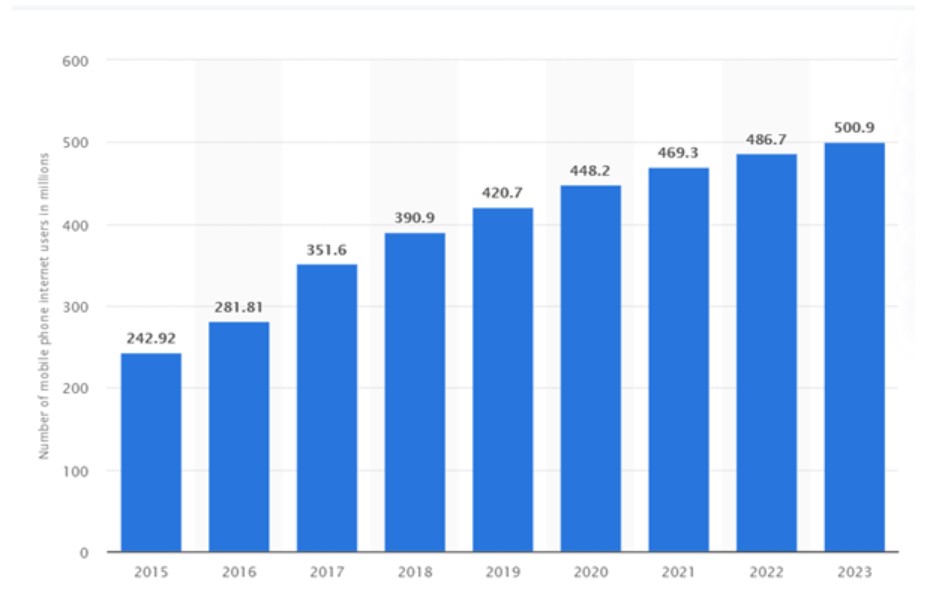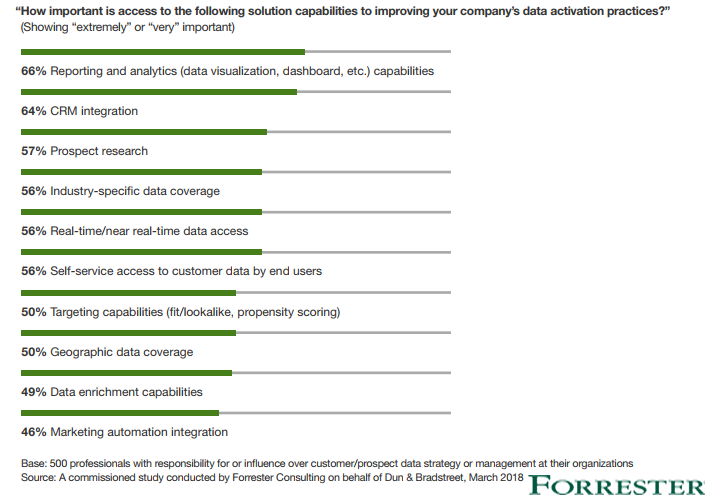The Most Critical Challenges to The Success of a Data-driven Personalization Strategy, 2019
Digital Marketing | Global
Personalized advertising requires marketers to look at each consumer individually, and determine the right message to present. This level of personalization is accomplished through programmatic buying, which is a fully automated approach to media acquisition.
Retailers can create a specific audience of shoppers who have abandoned their carts and target them with content such as special offers, promotions, and messages to incentivize them to complete the purchase. Experiment with different offers such as an additional twenty-five percent off items, or free shipping.
Any additional revenue that the retailers recover from these shoppers can be directly correlated to their data-driven personalization efforts.
Take a glance at the top critical challenges to the success of a data-driven personalization strategy, 2019:
- Improving customer experience is ranked as the most critical challenge of a data-driven personalization strategy to success with a rate of 44%.
- Increasing visitor engagement is ranked as the second top critical challenge of data-driven personalization strategy to success by surveyed marketers at a rate of 42%.
- Improving the quality of the used data also listed as a critical challenge of a data-driven personalization strategy to success by surveyed marketers with a rate of 41%.
- Increasing conversion rates comes at next as a critical challenge of a data-driven personalization strategy to success by surveyed marketers with a rate of 32%.
- Improving product offer and pricing also ranked as a critical challenge to the success of a data-driven-personalization strategy with a rate of 26%.

A Graph Shows The Most Critical Challenges To The Success of a Data-Driven Personalization Strategy, 2019.







